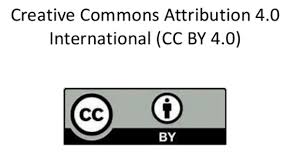Water quality and bacteriological analysis during newly practiced live fish transportation in Bangladesh
DOI:
https://doi.org/10.47440/JAFE.2025.6105Keywords:
Live fish transportation, Water quality, Bacteriological parameters, Indian major carpAbstract
In Bangladesh, live fish transportation through a modified open truck system is relatively new. This system aids in the delivery of fresh fish to the farthest locations in the country, although it is considered a difficult task to keep the fish alive and maintain their quality while being transported. The present study aimed to assess the water quality and bacteriological status during live fish transportation through this modified open truck system. For this purpose, the physicochemical characteristics of the fish transporting water, as well as the bacteriological state of both the water and the fish, were analyzed at various time intervals when approximately one ton of Indian major carps (Rui, Catla, and Mrigal) was transported from the Natore district to Sylhet Sadar. During the 14-hour travel, the fish holding water was changed every four hours. Thus, the current study tracked all of the characteristics for the first four hours, from fish loading to water change. The initial values of pH, temperature, and dissolved oxygen were 7.41, 25.5℃, and 3.56 ppm, respectively, and observed a change to 7.62, 27.2 ℃, and 2.91 ppm, respectively, at the end of the tracking period. An increasing trend was observed in the case of water conductivity and TDS, but these values did not differ significantly within the study period. On the contrary, when a microbial load of water, gill, and intestine samples were analyzed, it was recorded that the total viable count (TVC) increased several folds from the initial values. Initially, the microbial load was lower (103 cfu/ml) as the fresh underground water was loaded, which dramatically increased after 3 hours of transportation and reached 108 cfu/ml water. The mean Probable Number (MPN) was also found to increase, which was probably imposed due to the lack of personal hygiene. The findings revealed important information about live fish transportation.






 Publisher:
Publisher: 